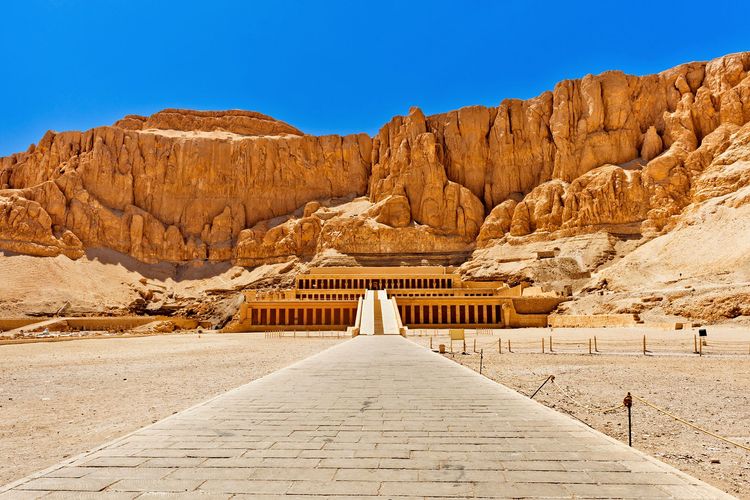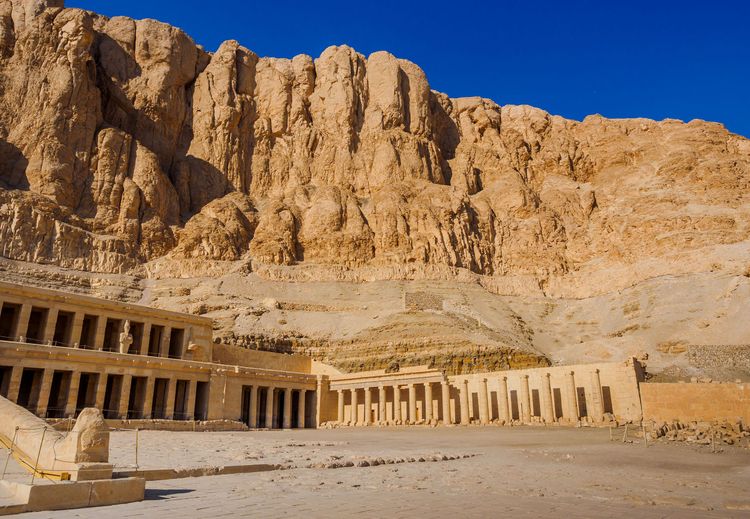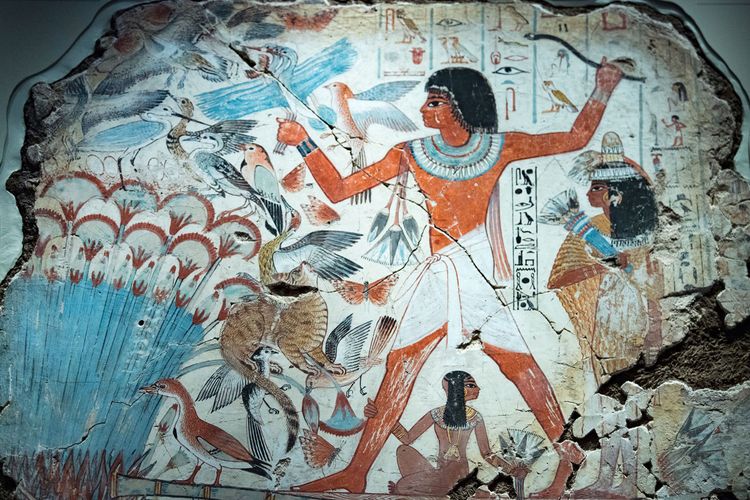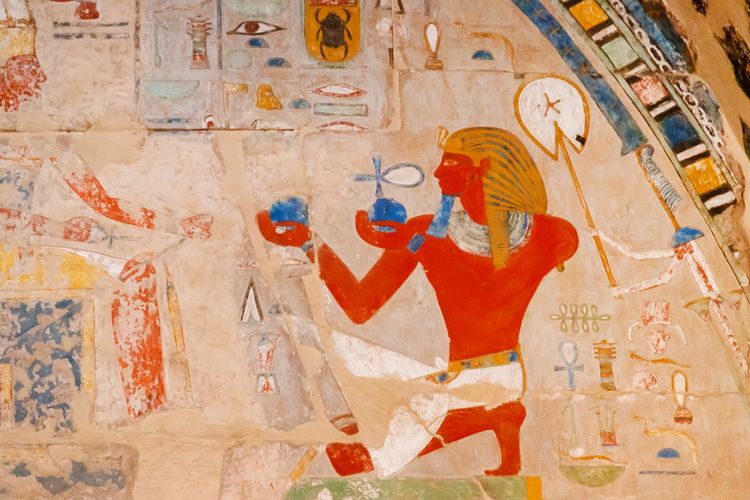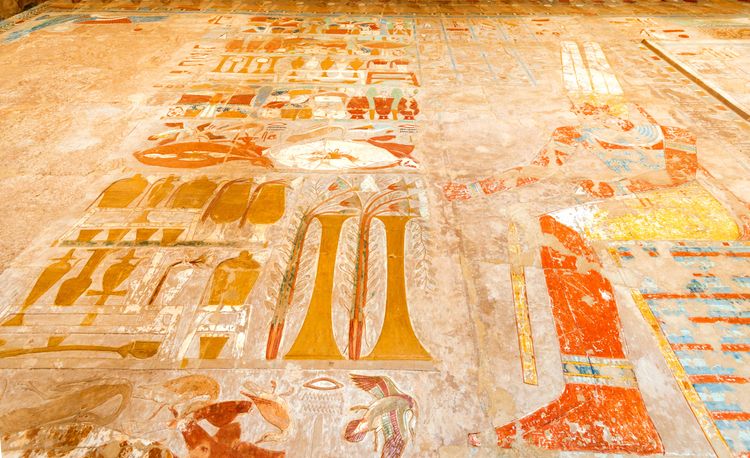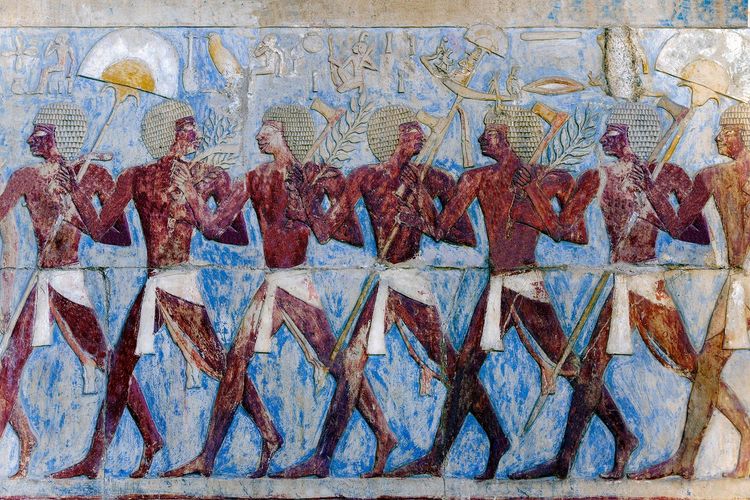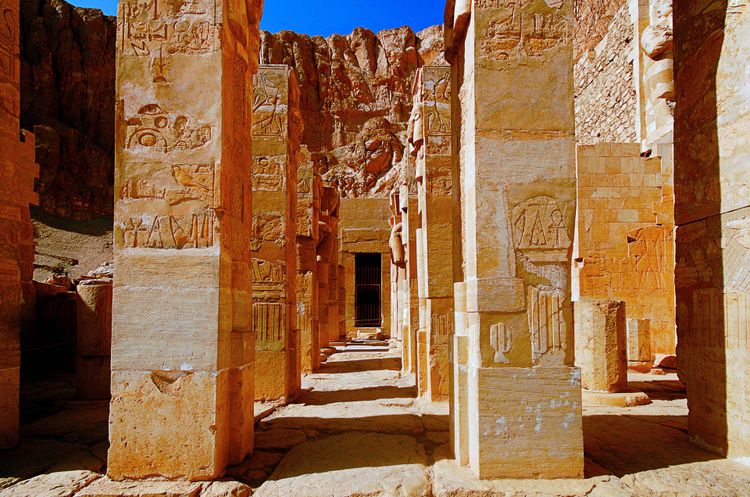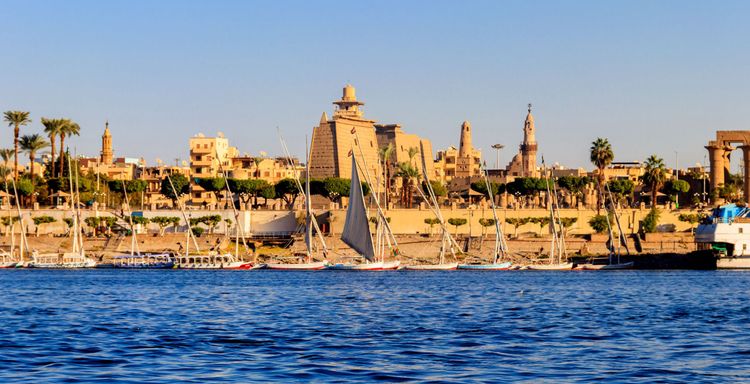As a tourist, you don't generally come to Egypt for its heat, its wildlife or its beaches. You come to be in contact with thousand-year-old temples imbued with an almost magical aura, to touch with your eyes the abundance of liturgical scenes engraved in stone, and cabalistic symbols that are both beautiful and fascinating, to tread the same ground as the pharaohs and Roman emperors who came, conquerors, to this place, long before our era began.
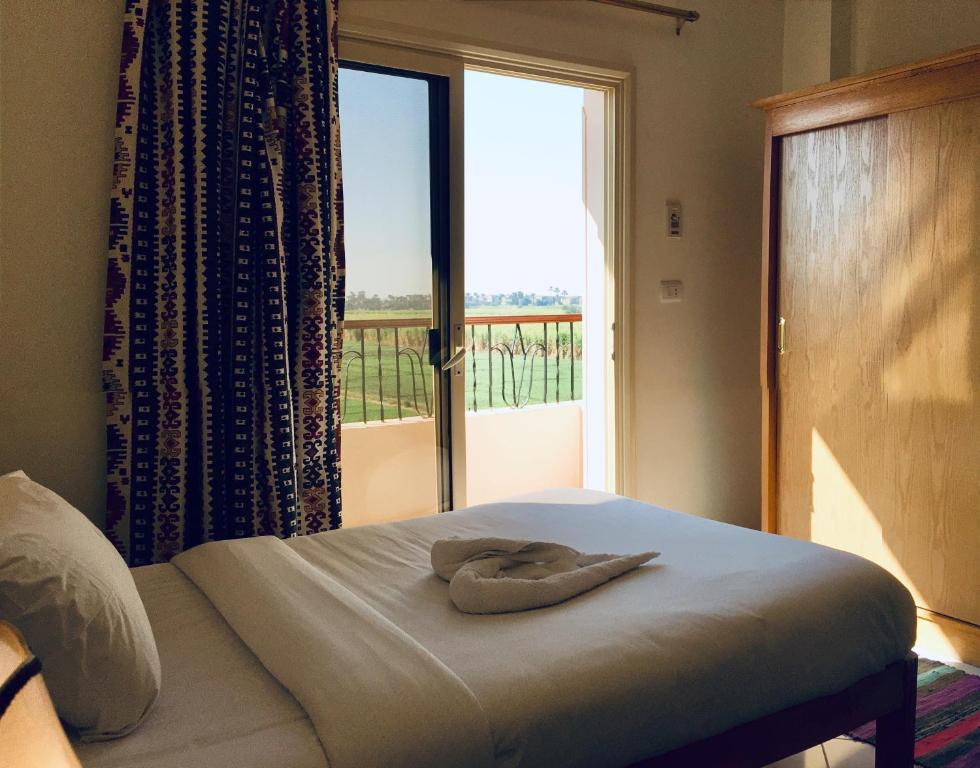 Luxor
Luxor

